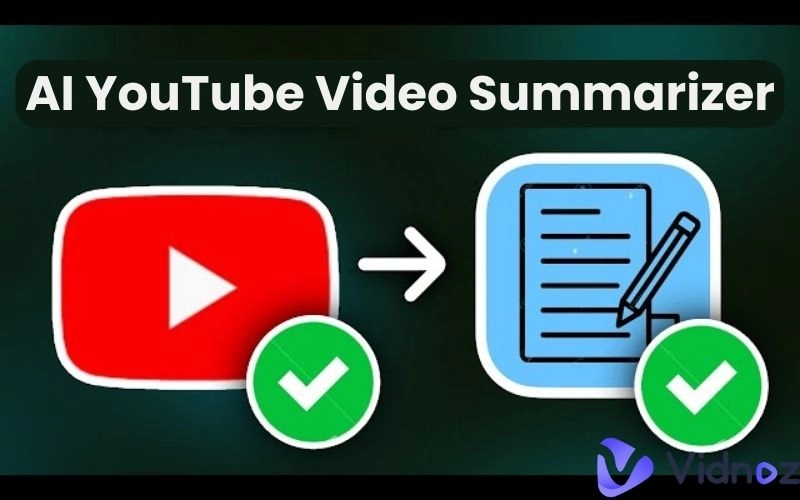Advanced Video Summary Analysis Techniques
Deep dive into advanced techniques for analyzing and creating effective video summaries

Transform video summaries into actionable knowledge with advanced analysis techniques
The Evolution of Content Analysis
As video content becomes increasingly complex and information-dense, simple summarization is no longer enough. Advanced analysis techniques help extract deeper insights, identify patterns, and create meaningful connections between different pieces of content.
Key Analysis Components
Content Structure
- 1Hierarchical organization
- 2Thematic mapping
- 3Concept linking
Analysis Methods
- 1Pattern recognition
- 2Semantic analysis
- 3Context mapping
Advanced Analysis Techniques
1. Concept Mapping
Create visual representations of relationships between ideas:
Implementation Steps
- • Identify core concepts
- • Map relationships
- • Create hierarchies
- • Link related ideas
Benefits
- • Visual learning enhancement
- • Pattern recognition
- • Knowledge organization
- • Memory reinforcement
2. Temporal Analysis
Understand how concepts evolve and connect over time:
| Time Point | Focus | Analysis Method |
|---|---|---|
| Initial Content | Foundation concepts | Basic comprehension |
| Mid-Content | Development of ideas | Pattern recognition |
| Final Section | Integration | Synthesis |
3. Semantic Network Analysis
Term Extraction
Identify key terms and their relationships within the content using natural language processing.
Relationship Mapping
Create networks of related concepts and their interconnections.
Context Analysis
Understand how terms and concepts relate to broader themes.
Enhanced Analysis with Our Tools
Our video summarizer tool supports advanced analysis by:
- Automatically identifying key concepts and themes
- Generating structured content hierarchies
- Providing semantic relationship insights
Advanced Analysis Frameworks
Bloom's Taxonomy Framework
- Analyze content at different cognitive levels
- Create hierarchical understanding
- Develop comprehensive knowledge
SOLO Taxonomy
- Structure observed learning outcomes
- Evaluate understanding depth
- Track learning progression
Implementation Strategies
Active Analysis
Engage with content through questioning, prediction, and hypothesis testing. Create analysis frameworks that promote active engagement with the material.
Iterative Review
Implement multiple review cycles with different focus areas. Each iteration should deepen understanding and reveal new connections.
Synthesis
Combine insights from multiple sources and create new understanding through comparative analysis and integration.
Measuring Analysis Effectiveness
Key Performance Indicators
Comprehension Depth
Evaluate understanding through application, analysis, and synthesis of concepts.
Knowledge Integration
Assess ability to connect concepts across different domains and contexts.
Application Ability
Measure capability to apply learned concepts in new situations.
Conclusion
Advanced video summary analysis requires a systematic approach combining multiple techniques and frameworks. By implementing these methods and utilizing appropriate tools, you can extract deeper insights and create more meaningful connections from your video content.
Remember that effective analysis is an iterative process that improves with practice and refinement of techniques. Keep experimenting with different methods to find what works best for your learning style and content type.